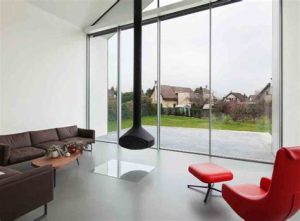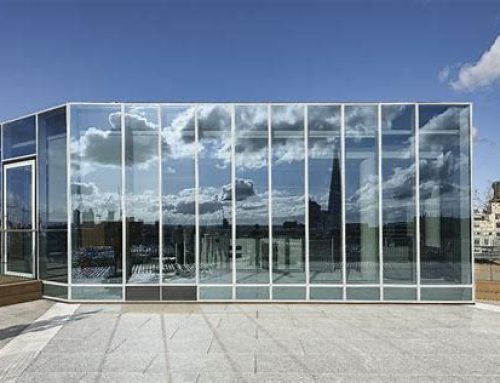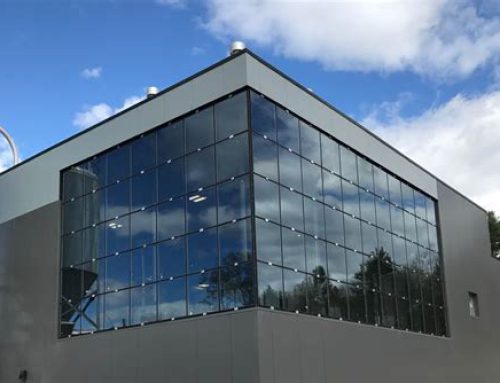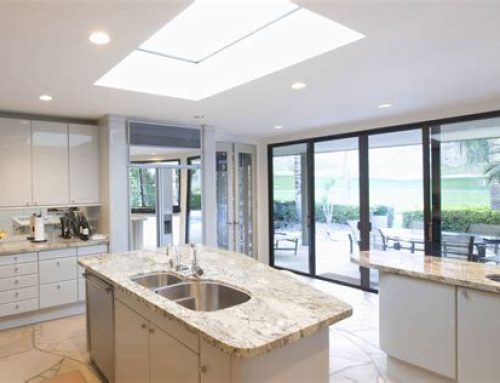Glass wall cost per square foot

Introduction:
Glass wall cost per square foot ,Glass walls have become an increasingly popular architectural choice for modern buildings, offering transparency, natural light, and a sense of spaciousness. However, understanding the cost implications of installing glass walls is crucial for budgeting and decision-making. In this article, we delve into the factors that influence the cost per square foot of glass walls and provide insights into making informed choices.
Factors Affecting Cost:
- Glass Type: The type of glass chosen significantly impacts the cost. Basic annealed glass is more affordable compared to tempered, laminated, or low-iron glass, which offer enhanced strength, safety, and clarity but come at a higher price point.
- Size and Thickness: Larger and thicker glass panels cost more due to increased material requirements and complexity in handling and installation. Thicker glass also enhances durability and sound insulation, but it adds to the overall expense.
- Design Complexity: Intricate designs, curved shapes, or custom patterns require specialized fabrication techniques, driving up costs. Additionally, if the glass needs to be cut to fit irregular spaces or around obstacles, it adds to the labor costs.
- Framing Material: The choice of framing material, such as aluminum, steel, or wood, affects both the aesthetics and cost. Aluminum frames are commonly used for their durability, low maintenance, and cost-effectiveness.
- Energy Efficiency: Opting for energy-efficient glass with coatings or insulated glazing units (IGUs) can increase the upfront cost but provide long-term savings on heating and cooling expenses.
- Installation Complexity: Factors like site conditions, accessibility, and installation method influence labor costs. Installing glass walls in high-rise buildings or tight urban spaces may require specialized equipment and skilled labor, adding to the overall project cost.
- Additional Features: Incorporating features like motorized blinds, tinting, or integrated lighting systems adds to the overall cost but enhances functionality and aesthetics.
Cost per Square Foot: The cost per square foot of glass walls can vary widely depending on the aforementioned factors and regional market conditions. On average, basic glass walls might range from $25 to $75 per square foot, while high-end options with premium materials and features can exceed $150 per square foot.
Tips for Cost Management:
- Prioritize Needs: Determine the essential features and functionalities required for your project while balancing budgetary constraints.
- Obtain Multiple Quotes: Solicit bids from multiple contractors or suppliers to compare prices and negotiate favorable terms.
- Optimize Design: Work closely with architects and designers to optimize the design for cost efficiency without compromising on aesthetics or performance.
- Consider Long-term Savings: Investing in energy-efficient glass and framing systems may entail higher upfront costs but can lead to significant savings in utility bills over the lifespan of the building.
- Plan for Maintenance: Factor in ongoing maintenance costs to ensure the longevity and performance of the glass walls.
- Sustainability Considerations: In recent years, sustainability has become a crucial aspect of building design and construction. Glass walls can contribute to sustainability goals by maximizing natural light, reducing the need for artificial lighting, and enhancing thermal comfort when coupled with energy-efficient glazing. While initial costs may be higher for sustainable options, the long-term environmental and economic benefits are substantial.
- Regulatory Compliance: Building codes and regulations may dictate specific requirements for glass walls, particularly concerning safety, energy efficiency, and accessibility. Ensuring compliance with these regulations is essential to avoid costly retrofits or penalties down the line.
- Lifecycle Cost Analysis: While upfront costs are significant, considering the lifecycle cost of glass walls provides a more comprehensive understanding of their financial implications. Factoring in maintenance, repair, and replacement costs over the building’s lifespan can help in making informed investment decisions.
- Market Trends and Innovation: Keeping abreast of market trends and technological innovations in glass wall systems can provide opportunities to optimize costs and enhance performance. Advances in glass manufacturing, framing materials, and installation techniques may offer cost-effective solutions without compromising quality or aesthetics.
- Professional Guidance: Engaging experienced architects, engineers, and contractors early in the design process can help in assessing cost implications, exploring alternative solutions, and developing a comprehensive project plan. Their expertise can streamline the decision-making process and mitigate risks associated with budget overruns or design flaws.
- Case Studies: Examining case studies of projects that have successfully implemented glass wall solutions can provide valuable insights into cost management strategies and best practices. Analyzing real-world examples allows stakeholders to glean practical lessons and apply them to their own projects, helping to optimize costs while achieving desired outcomes.
- Cost-Saving Strategies: Implementing cost-saving strategies can help mitigate expenses without compromising quality or performance. This may include standardizing glass panel sizes to minimize waste, leveraging economies of scale through bulk purchasing, or negotiating favorable terms with suppliers and contractors.
- Value Engineering: Value engineering involves systematically reviewing design and construction plans to identify opportunities for cost reduction without sacrificing functionality or aesthetics. By collaborating with professionals and stakeholders, value engineering can uncover innovative solutions to optimize project costs while maintaining project objectives.
- Contingency Planning: Despite meticulous planning, unforeseen circumstances or changes in project scope may arise, necessitating contingency measures. Allocating a contingency budget for unexpected expenses can help mitigate financial risks and ensure project continuity without jeopardizing quality or timelines.
- Post-Construction Evaluation: Conducting a post-construction evaluation allows stakeholders to assess the project’s performance against initial cost estimates and objectives. Identifying areas of success and opportunities for improvement informs future decision-making and enhances cost management practices for subsequent projects.
- Continuous Improvement: Cost management is an ongoing process that requires continuous monitoring, evaluation, and adaptation. By fostering a culture of continuous improvement and knowledge sharing within project teams, organizations can refine cost management practices and optimize outcomes over time.
In summary, effective cost management of glass wall projects requires a multifaceted approach encompassing strategic planning, collaboration, innovation, and continuous improvement. By leveraging best practices, lessons learned, and emerging technologies, stakeholders can navigate complexities, optimize resources, and achieve cost-effective solutions that maximize value and meet project objectives , Glass wall cost per square foot.





Leave A Comment